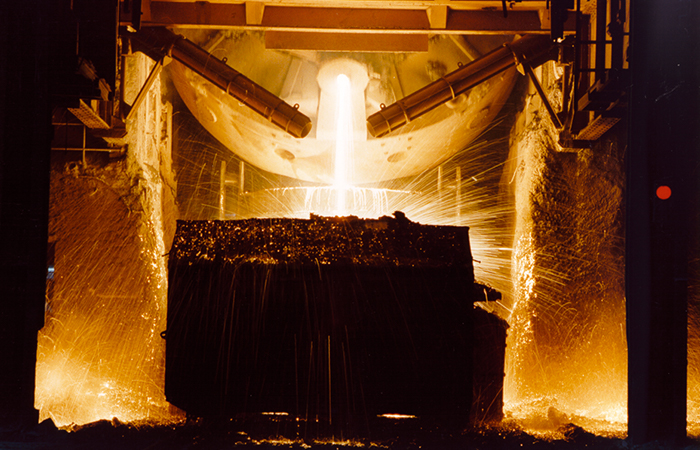Without us always being aware of it, carbonate minerals like limestone and dolomite form the foundation for much of the world around us. Many things we take for granted in our daily lives simply wouldn’t work without lime.
For thousands of years, lime has contributed to humanity's development and will undoubtedly remain essential for our society to function in the future.



Lime products are an effective tool for influencing and reducing the negative impact on our environment.
Lime is needed to purify the water we drink and the air from harmful exhaust gases. It is also essential for enriching the soils we cultivate and preventing our waterways from becoming acidic. In some form, lime is also found in or around many of the foods we consume.
Lime is also an important ingredient in a functioning infrastructure. Our roads are paved with asphalt where lime is used as a filling material and as an adhesive to bind bitumen to the ballast material.
Lime-based stabilization materials are also used for soil stabilization, enabling the construction of houses and roads even in challenging ground conditions. The construction industry uses lime products in cement and concrete, as well as for the production of materials like roofing felt.
In industry, steel manufacturers use lime as a fluxing agent to remove impurities from the melt. Lime and dolomite are also used to protect steel from oxidation.
Lime, or mesa, is also required in the paper industry to recycle chemicals necessary for the process. Both combined heat and power plants and industries also use lime products for flue gas cleaning. By neutralizing and precipitating pollutants with lime-based products, flue gases are cleaned of sulfur, chlorine, and fluorine before they leave the chimney.














SMA Mineral AB
Box 329
682 27 Filipstad
SWEDEN
